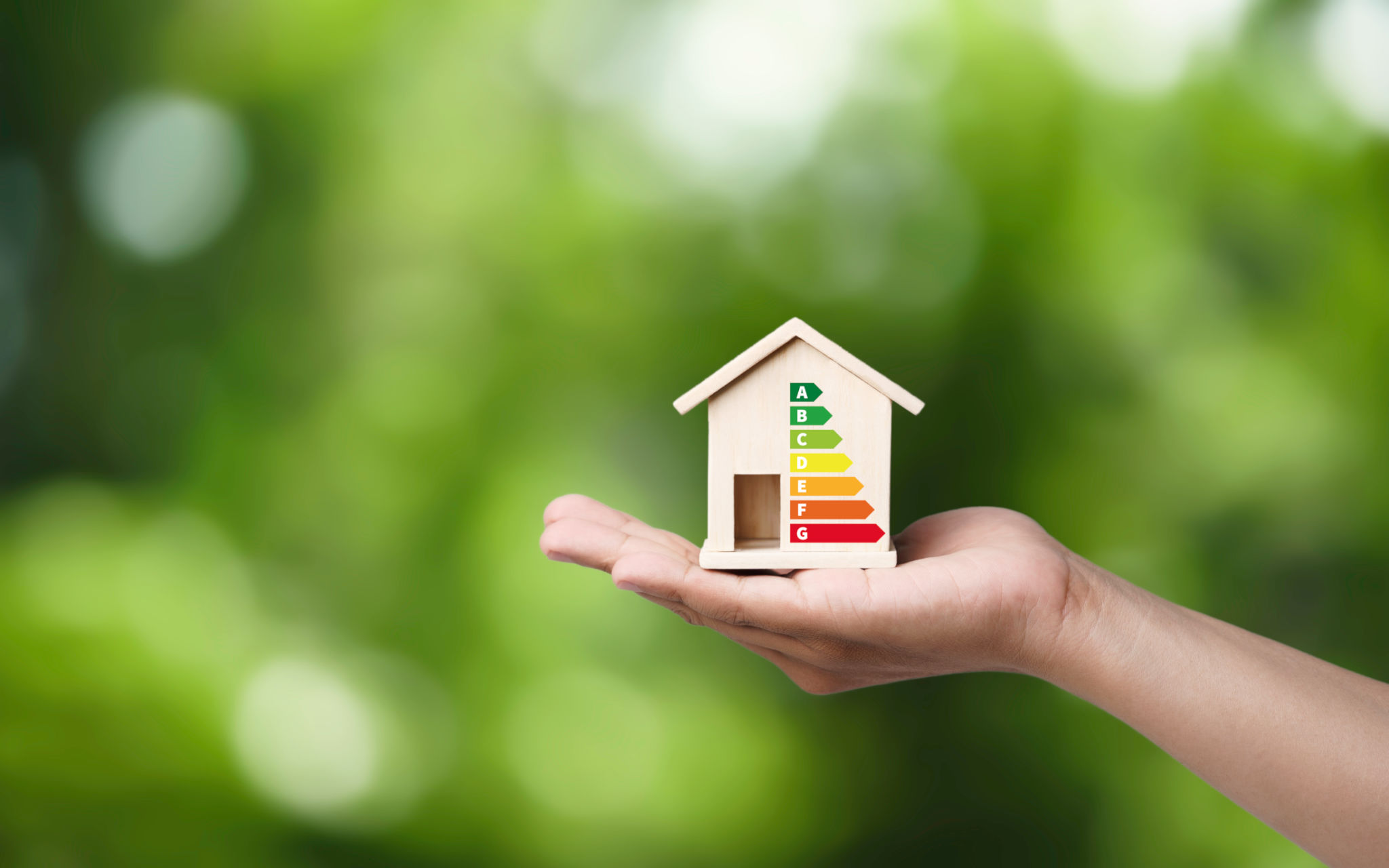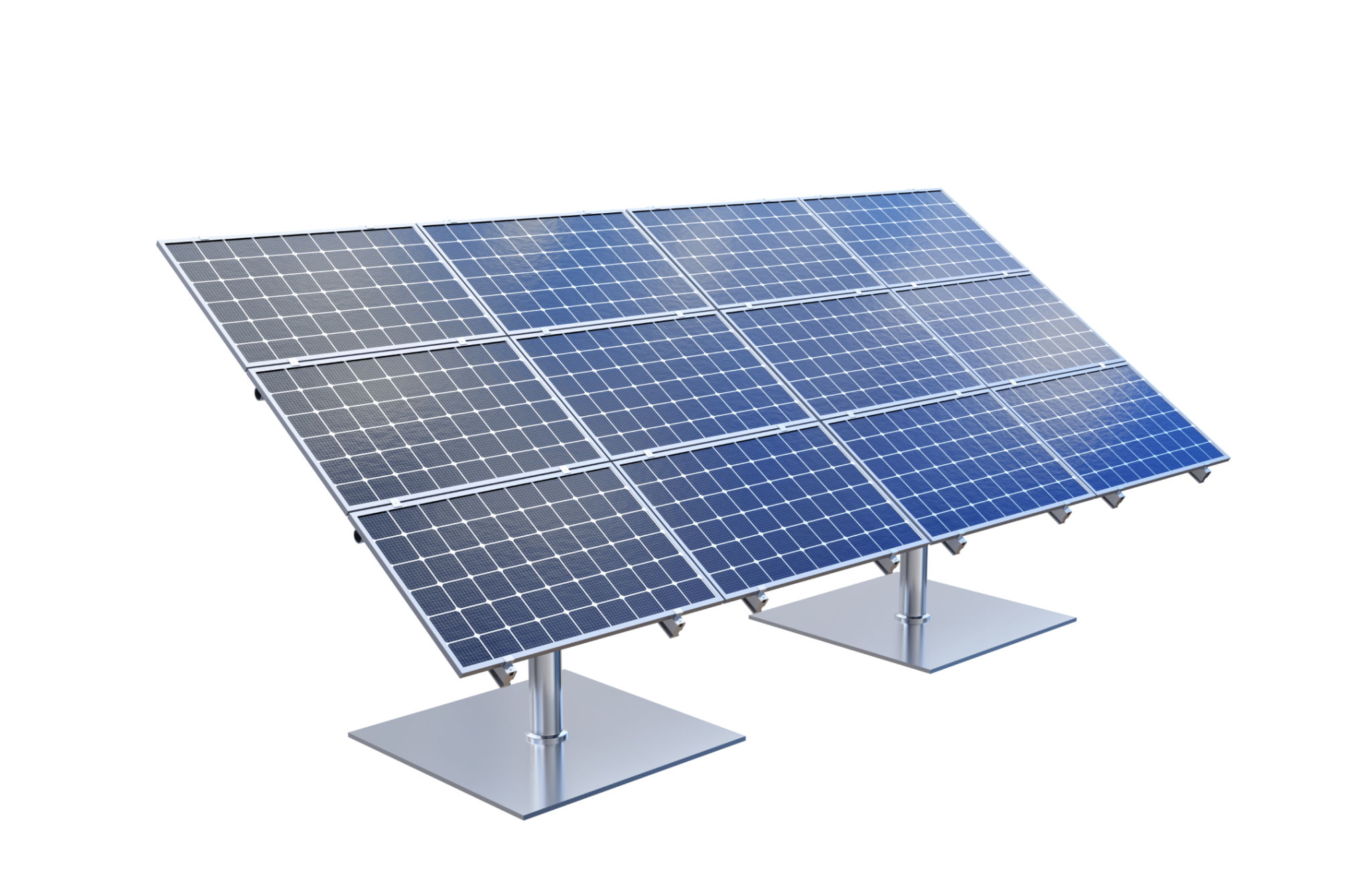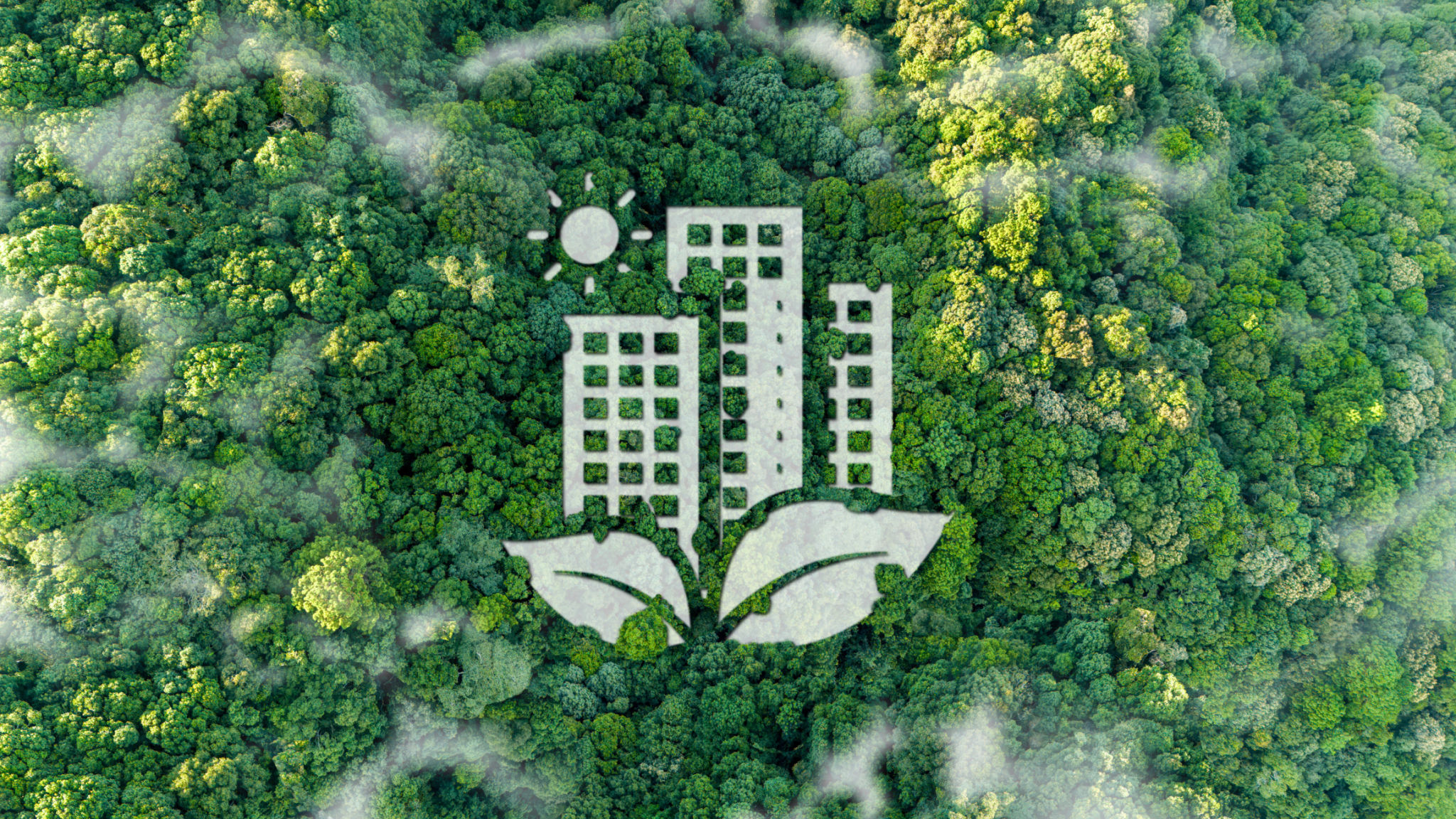Exploring Eco-Friendly Senior Housing Options: A Comprehensive Guide
Introduction to Eco-Friendly Senior Housing
As environmental consciousness continues to grow, the demand for sustainable living options has extended into senior housing. Eco-friendly senior housing options are designed to minimize environmental impact while promoting the health and well-being of residents. These housing solutions integrate sustainable practices and materials to create a harmonious living environment.

Benefits of Eco-Friendly Senior Housing
Choosing eco-friendly senior housing offers numerous benefits. Firstly, these homes are often more energy-efficient, leading to reduced utility bills. They also improve air quality through the use of non-toxic materials and enhanced ventilation systems, promoting better respiratory health. Additionally, sustainable designs generally incorporate natural lighting and green spaces, contributing to improved mental well-being.
Common Features of Eco-Friendly Housing
Eco-friendly senior housing incorporates several common features to reduce environmental impact. These often include:
- Energy-efficient appliances and lighting
- Water-saving fixtures
- Solar panels for renewable energy
- Recycled and sustainable building materials
- Native landscaping to conserve water

Types of Eco-Friendly Senior Housing
The range of eco-friendly senior housing options is diverse, catering to different preferences and needs. From independent living communities to assisted living facilities, many types now incorporate green practices. Some communities even offer co-housing arrangements, where residents share resources and communal spaces, further reducing their carbon footprint.
Independent Living Communities
Independent living communities designed with sustainability in mind focus on energy conservation and resource efficiency. They often feature communal gardens, walking paths, and other outdoor spaces that encourage an active lifestyle while maintaining a low environmental impact.
Assisted Living Facilities
Assisted living facilities that prioritize eco-friendliness typically include features like geothermal heating and cooling systems, recycled materials, and efficient waste management practices. These facilities aim to provide comfort and care while ensuring minimal ecological disturbance.
Challenges in Implementing Eco-Friendly Practices
While the benefits are clear, implementing eco-friendly practices in senior housing does come with challenges. Initial costs for sustainable materials and technologies can be higher, which may deter some developers. Additionally, there can be resistance to change from both providers and residents accustomed to traditional housing models.

How to Choose an Eco-Friendly Senior Housing Option
When selecting an eco-friendly senior housing option, it's crucial to consider several factors:
- Research the sustainability practices of the community.
- Visit the facility to assess its environmental features.
- Inquire about the long-term cost savings from eco-friendly installations.
- Consider the overall community design and its impact on your lifestyle.
The Future of Eco-Friendly Senior Housing
The future of eco-friendly senior housing is promising as more developers recognize the importance of sustainability. Advancements in green technology and increasing consumer demand are likely to drive further innovation in this field. As awareness grows, eco-friendly options will become more accessible, offering seniors a healthier, more sustainable way to live.
Conclusion
Exploring eco-friendly senior housing options opens up a world of possibilities for sustainable living in later years. By choosing environmentally-conscious communities, seniors can enjoy healthier living spaces while making a positive impact on the planet. As the trend continues to grow, more seniors will have the opportunity to live in harmony with their environment.
